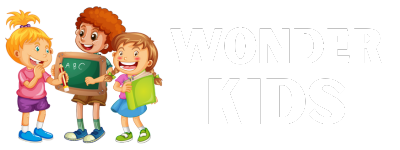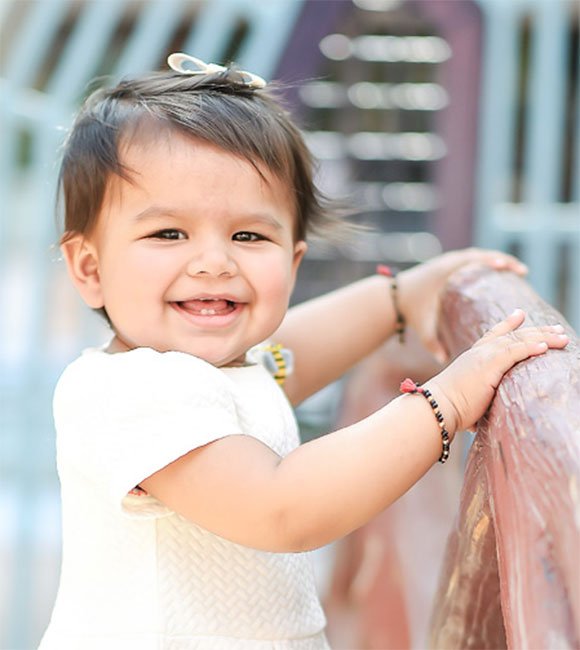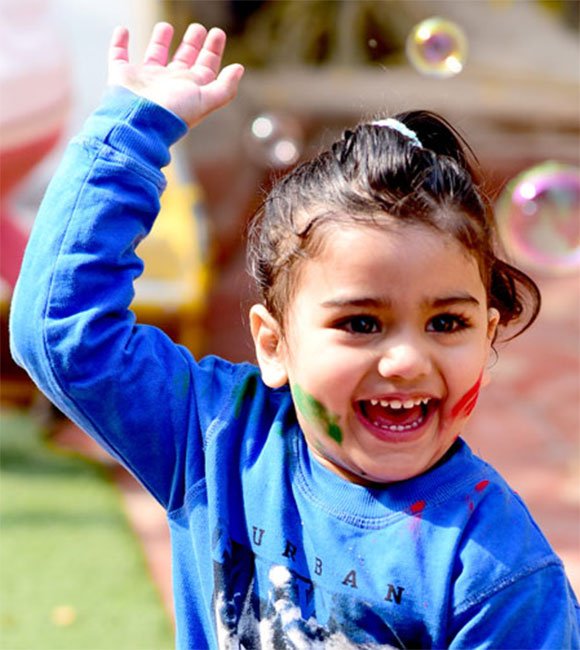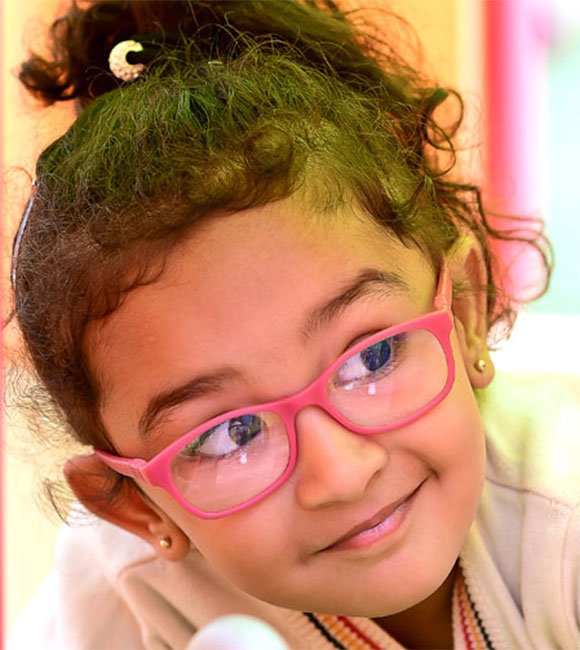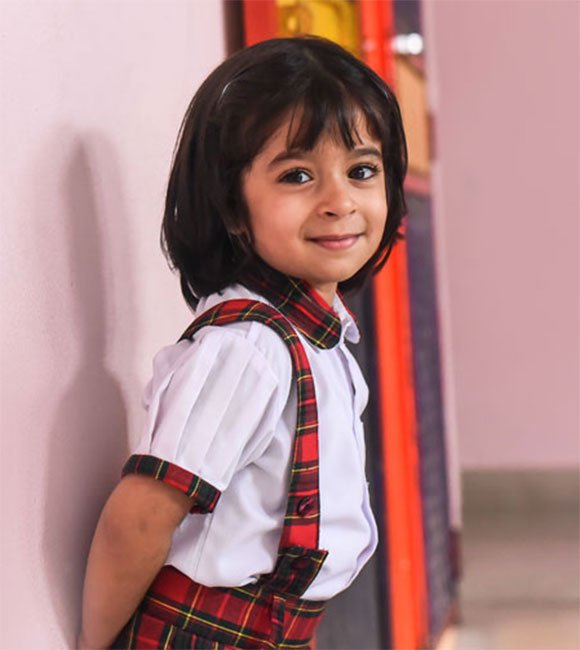Music and Movement
WonderKids Preschool grooves to the beat of creativity! Our music and movement activities spark joy, rhythm, and expression, making learning a delightful dance. Let’s make music together!
We love to just Get up, Dance & Sing !
Age Group
All Groups
Activities
For All Groups
Frequecny
Weekly
Activity Day
Wednesday
Conducted By
Team Wonder Kids
Music and Movement Activity for Children
Young children typically respond with energy and enthusiasm to our dance, music and movement sessions. Singing songs, playing music and moving to a beat provides stimulating experiences for young children and fosters learning.
Patterned activities such as clapping to music or jumping in time to a beat stimulate brain function and help the brain to organize thoughts and behaviors. Songs that involve action and hand gestures that follow the music teach children not only the meaning of some new words, but also to move and sing at the same time. Dancing with streamers or scarves, playing small musical instruments, singing songs in rounds, singing while cleaning up, marching to the beat or imitating animals are a few of the activities that are incorporated in our music and movement activity for children.
Dance sessions require mental concentration and active participation. Increased self-awareness and improved physical skills promote confidence and a raised sense of self-esteem. Confident children participate fully in classroom activities, learn to solve conflicts by using words, and accept that making mistakes is part of the learning process. It helps the children develop spatial awareness skills.
Music and movement is an invaluable addition to the other creative activities for children in early years. Games such as ‘Copy Me’ activities encourage children to copy movements and gestures of the session leader and of each other, which supports development of social awareness skills, like spatial awareness and awareness of body language cues.
Children begin to acquire social confidence by taking turns to lead others. A child becomes a leader who responds to the music by creating spontaneous movements and by using props such as scarves. Dance practitioners may also develop skills of miming of body language and facial expressions to suggest emotions, such as shyness, sadness and joy, to help children develop empathy toward others.

Subscribe Newsletter
Enter your email address to register to our newsletter delivered on a regular basis!
